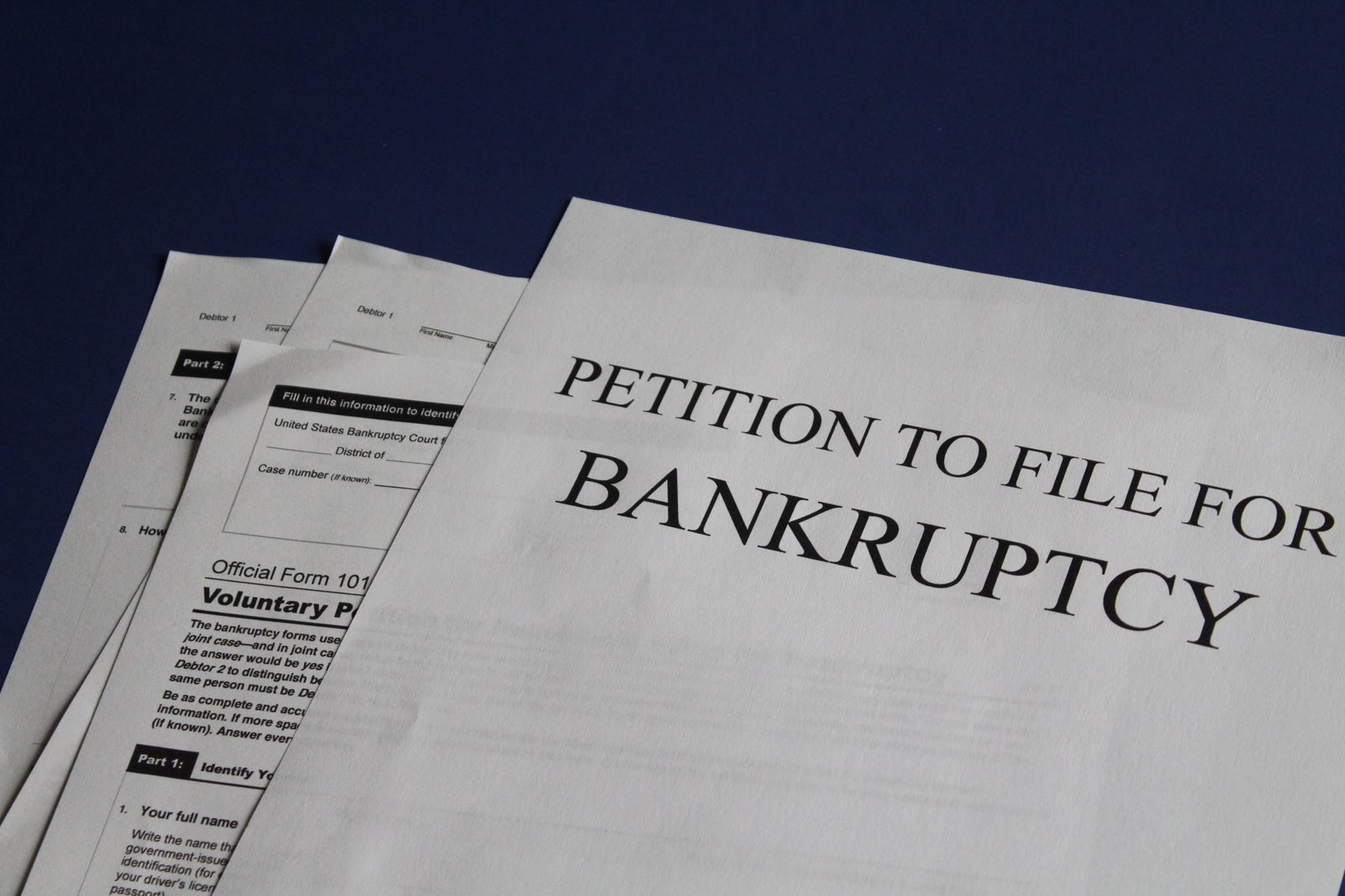Just hearing the word bankruptcy is enough to send any of us into a fearful state.
Anyone would worry about the financial and social consequences of bankruptcy.

In the past, there was a stigma attached to bankruptcy; if a company or an individual went bankrupt, they’d have a hard time getting back in business. People would often lose their possessions, and they could also lose their families and social acquaintances because of the stigmatism.
Fortunately, this is not the case these days. There’s a better understanding of the reasons that could put anyone at risk of going bankrupt, which led governments and other entities to offer more comprehensive plans concerning bankruptcy.
This article will explain to you what bankruptcy means and give you 3 of the most overlooked facts about it.
What is Bankruptcy?
Bankruptcy is a legal process in which people or individuals are unable to pay back outstanding debts. If you declare bankruptcy, you’re essentially asking for debt relief and it gives you legal protection from creditors. In the USA, bankruptcy cases are handled by federal courts and they follow the guidelines of the US Bankruptcy Code. There are 5 types of bankruptcies:
- Chapter 7: Liquidation Bankruptcy
- Chapter 13: Repayment Plan
- Chapter 11: Large Reorganization
- Chapter 12: Family Farmers
- Chapter 15: Foreign Cases
Chapter 7 and 13 are the most common ones used. Unlike the USA, Canada only has 2 types of bankruptcies: personal and business. Personal bankruptcy is the equivalent of Chapter 13 and goes under the Consumer Proposal Act. People who enact a consumer proposal can often be debt-free after 9 months.
To know more about bankruptcy laws in Canada, this page explains in detail how bankruptcy is managed and answers common questions about consumer proposals and bankruptcy. Bankruptcies are typically handled by a licensed insolvency trustee (LIT). If you’re thinking of filing for bankruptcy on your own without the help of an LIT, that would only make matters more difficult than they already are. A LIT might be your best option to guide you through the process and explain each step of the bankruptcy process.

The process is much more complex and some details of it can vary. But you will find common terminologies used, such as:
- Debt adjustments: You repay the debt in a manner that is different from the original agreement made with creditors.
- Dischargeable debts: Debts that are erased when bankruptcy is declared.
- Non-dischargeable debts: Debts that can’t be erased by declaring bankruptcy.
Here are 3 facts about bankruptcy that can often be overlooked.
1. Bankruptcy and Consumer Proposal Aren’t the Same
If you reside in Canada, you need to know the difference between bankruptcy and a consumer proposal. There are both legal processes, but bankruptcy is harsher than a consumer proposal. In a consumer proposal, you’re not considered bankrupt, and you will be allowed to retain more of your assets than in bankruptcy. It also has less of an impact on your credit score.

With the help of a Consumer proposal service for Calgarians (if that’s where you happen to reside), you will be given the option to pay back creditors through a monthly fixed plan, unlike bankruptcy, where an LIT will be appointed to you to manage your financial affairs and oversee your bankrupt duties.
First-time bankruptcies remain on your record for 7 years. On the other hand, a consumer proposal remains on your credit score for 3 years. Knowing the difference helps you to decide which is the better option for you.
2. You Won’t Lose Everything
There’s a general belief that people lose everything that they have worked for when having to declare bankruptcy. This isn’t true because a vast majority of cases are no-asset cases, as previously mentioned. This means that in all likelihood, you won’t lose your home, your car, and other types of assets that are needed for day-to-day living.

Also, possessions that aren’t covered under exempted possessions will probably not be valuable to creditors. True, bankruptcy will go on your credit history and stay there for several years but, more often than not, your credit score will rebound later.
3. Not All Debts Can Be Erased
Some debts are non-dischargeable because it’s simply not allowed by law. Others are non-dischargeable as long as the debts incurred before the filing date. Those that can’t be erased include:
- Child-support and/or alimony payments
- Student loans
- Most income taxes
- Secured debts
It’s a big financial decision to file for bankruptcy. Now that you know a bit more, and what can and cannot happen in bankruptcy, you have more to go on and can decide if it’s the right option for you. Filing for bankruptcy doesn’t automatically clear you of all debts, but it gives you a second chance to improve your financial health.





